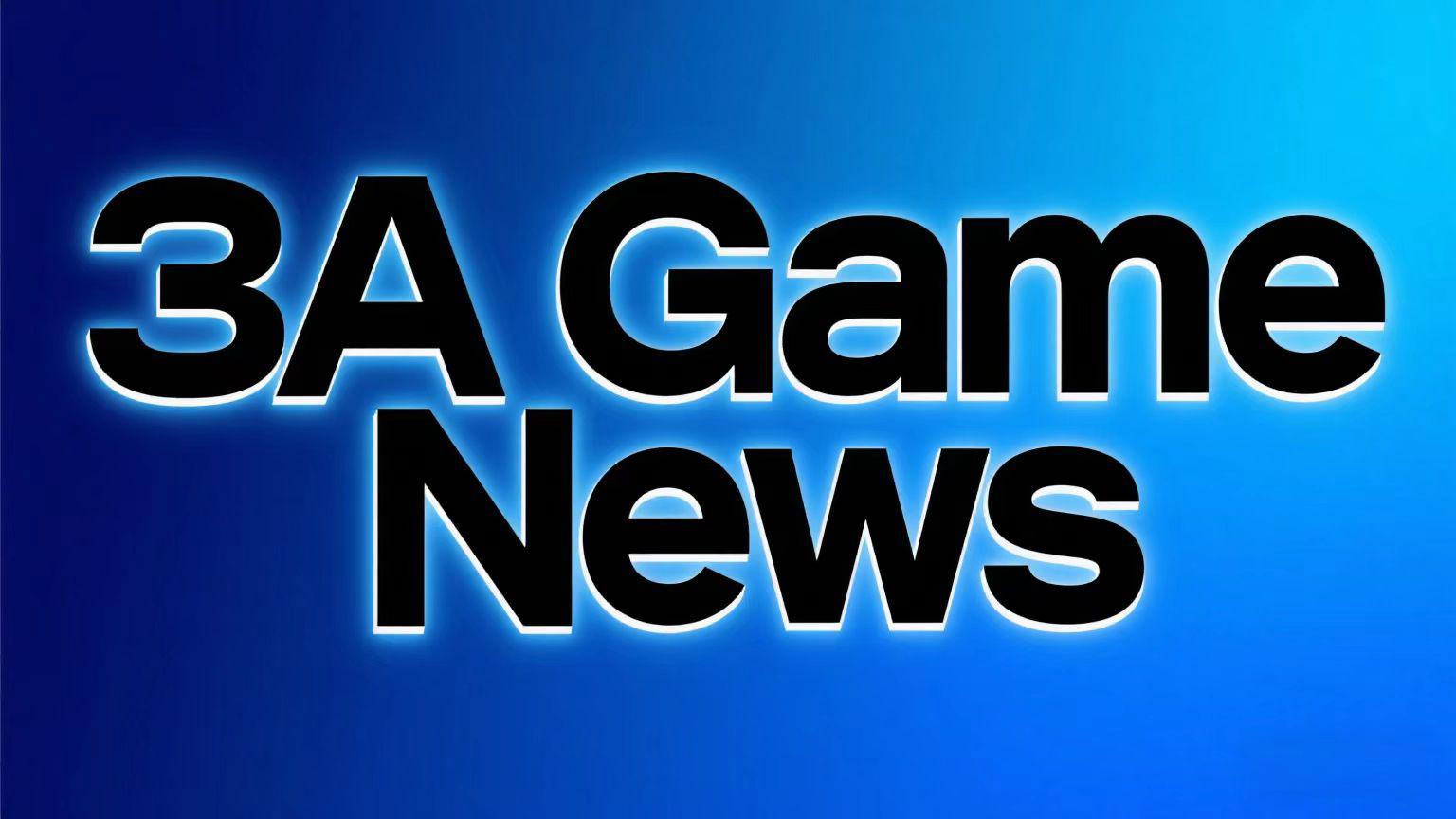The Witcher 3: Wild Hunt Score: Open World RPG Benchmark
Few games have left as indelible a mark on the open-world RPG genre as The Witcher 3: Wild Hunt. Released in 2015 by CD Projekt Red, this masterpiece not only elevated storytelling in video games but also set an unparalleled standard for world-building, player choice, and immersive gameplay. Nearly a decade later, The Witcher 3 remains the benchmark against which other open-world RPGs are measured.
A Living, Breathing World
One of the most remarkable aspects of The Witcher 3 is its meticulously crafted open world. Unlike many open-world games that rely on repetitive side activities, The Witcher 3 populates its vast landscapes—The Continent, Velen, Novigrad, Skellige, and Toussaint—with meaningful content. Every village, forest, and ruin tells a story, whether through environmental details, dynamic NPC interactions, or layered side quests.

The game’s world feels alive. Weather changes dynamically, affecting visibility and combat. NPCs follow daily routines, making settlements feel inhabited rather than static backdrops. Even minor encounters—such as stumbling upon a grieving widow by a roadside grave—add depth to the world. This attention to detail ensures that exploration is always rewarding, as players never know what narrative gem they might uncover.
Storytelling at Its Finest
At its core, The Witcher 3 is a narrative-driven experience. The main quest, centered on Geralt of Rivia’s search for his adopted daughter Ciri, is gripping, but it’s the side quests that truly shine. Unlike fetch quests or generic tasks, nearly every side mission in The Witcher 3 is a self-contained story with moral dilemmas, unexpected twists, and emotional weight.
Take, for instance, the Bloody Baron questline—a tragic tale of a broken man, his abusive past, and the consequences of his actions. This quest alone rivals the depth of many full-length RPGs, demonstrating CD Projekt Red’s commitment to storytelling. Choices matter, often in ways that aren’t immediately apparent, reinforcing the game’s theme of moral ambiguity.
Player Agency and Meaningful Choices
The Witcher 3 excels in making player decisions impactful. Unlike games where choices lead to binary outcomes, Geralt’s decisions ripple throughout the world, affecting characters, factions, and even entire regions. A seemingly minor dialogue choice in an early quest might determine the fate of a village hours later.
The game avoids clear-cut morality systems, instead presenting dilemmas where neither choice is entirely "good" or "evil." Should Geralt spare a monster that preys on humans but does so out of vengeance? Should he intervene in political conflicts, knowing his actions could destabilize a kingdom? These dilemmas ensure that players engage with the narrative on a deeper level, weighing consequences rather than simply chasing a "good" ending.
Combat and Gameplay Depth
While The Witcher 3’s combat is often debated, it offers a satisfying blend of strategy and action. Geralt’s witcher training means players must prepare for battles—studying bestiary entries, applying oils, brewing potions, and selecting the right signs (magic spells) for each encounter.
The game’s combat system rewards tactical thinking. Fighting a werewolf? Silver sword and cursed oil are essential. Facing a group of bandits? The Igni sign can thin their ranks. While the mechanics may not be as deep as pure action games, they complement the RPG elements perfectly, reinforcing Geralt’s identity as a professional monster hunter.
Visual and Audio Mastery
Even by today’s standards, The Witcher 3 is visually stunning. The art direction—ranging from the war-torn swamps of Velen to the vibrant vineyards of Toussaint—creates a world that feels both fantastical and grounded. Character animations, facial expressions, and weather effects enhance immersion, making every conversation and battle feel cinematic.
The soundtrack, composed by Marcin Przybyłowicz, is nothing short of legendary. From the haunting Fields of Ard Skellig to the adrenaline-pumping Silver for Monsters, the music elevates every moment, whether in quiet exploration or intense combat.
Legacy and Influence
The Witcher 3 didn’t just raise the bar for open-world RPGs—it redefined expectations. Its success demonstrated that players crave deep storytelling, meaningful choices, and worlds that feel alive. Many subsequent RPGs, from Assassin’s Creed Valhalla to Elden Ring, have drawn inspiration from its design philosophy.
Moreover, CD Projekt Red’s post-launch support—free DLCs, expansions (Hearts of Stone and Blood and Wine), and next-gen updates—showcased a commitment to quality that few studios match. Blood and Wine, in particular, is often hailed as one of the best expansions in gaming history, offering a whole new region and a story worthy of a standalone game.
Conclusion: The Gold Standard
Nearly a decade after its release, The Witcher 3: Wild Hunt remains the gold standard for open-world RPGs. Its rich narrative, immersive world, and player-driven choices create an experience that few games have surpassed. While newer titles push graphical boundaries or introduce innovative mechanics, The Witcher 3’s blend of storytelling, exploration, and player agency ensures its place as a timeless masterpiece.
For RPG fans and developers alike, The Witcher 3 isn’t just a game—it’s a lesson in how to craft an unforgettable open-world adventure.














